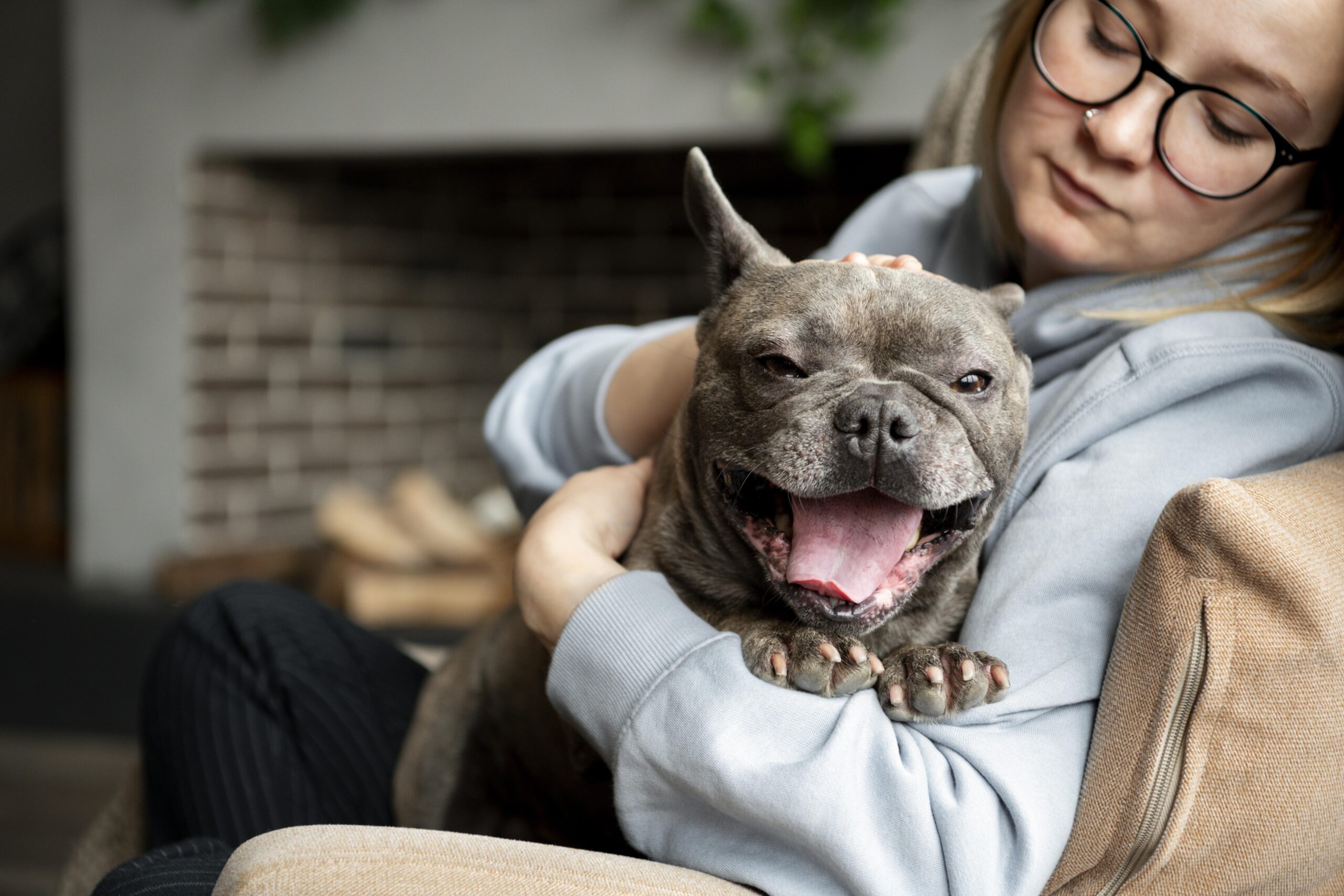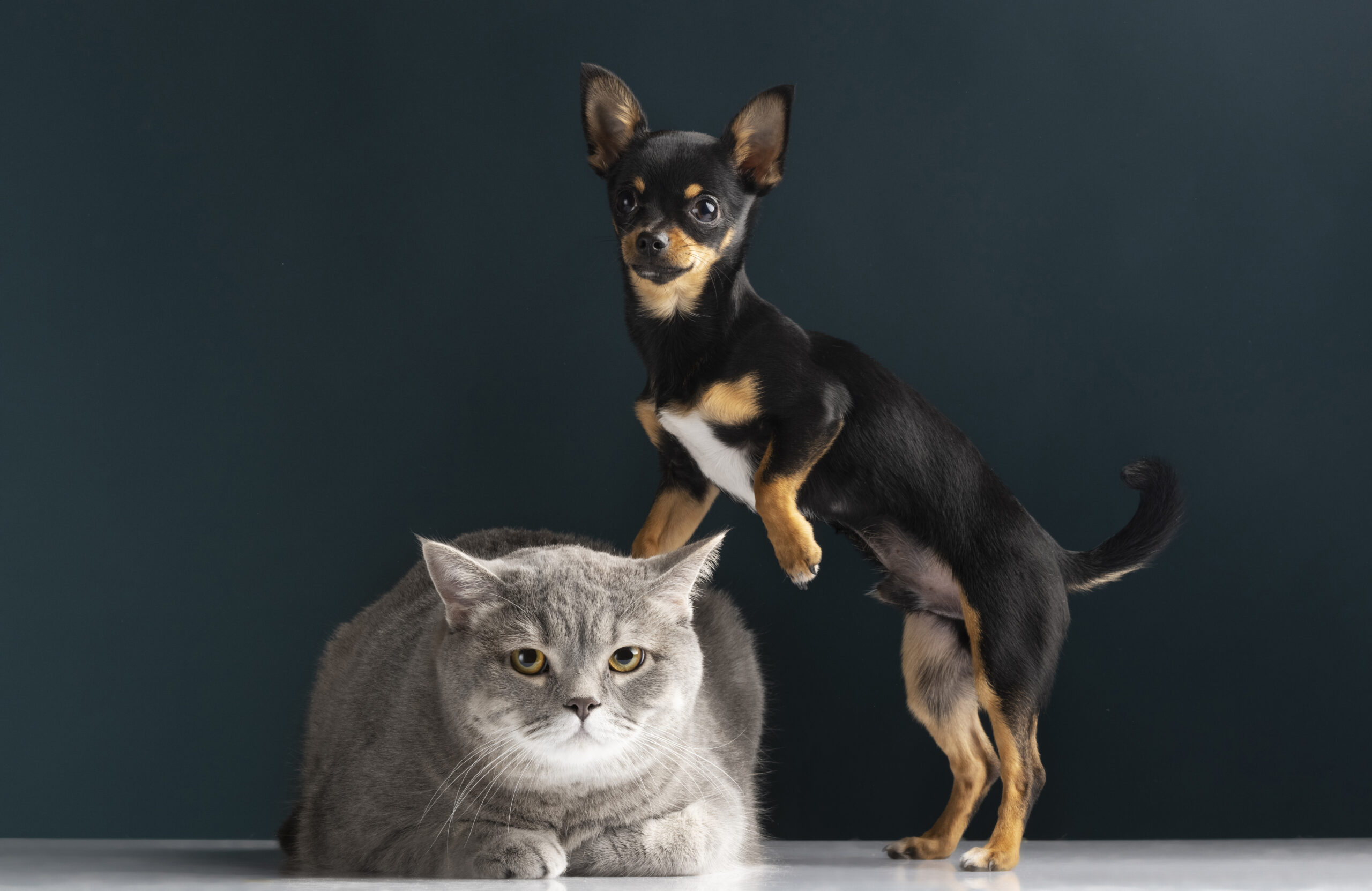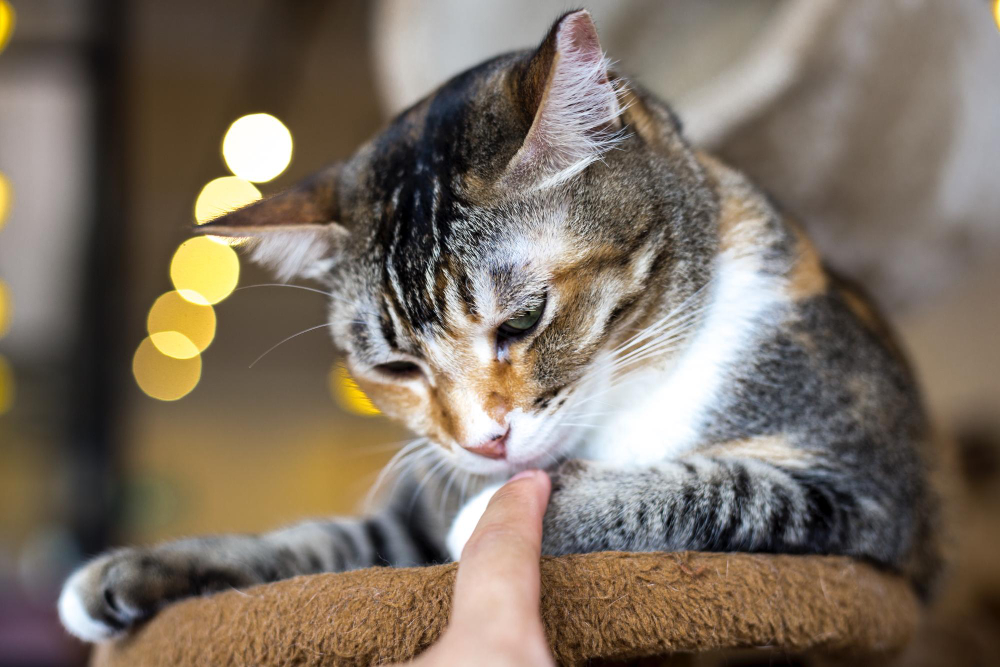What would your pet say if they could speak? Would they tell you how much they like the new toy you got them? Or that they detest your leaving for work? In actuality, your pet is constantly interacting with you. All you have to do is learn to listen.
At Pawrpose, we think pet owners are worthy of more than a hunch. For this reason, we’re delving deeply into pet mood insights, the minute cues, actions, and alterations that show how your pet is truly feeling. Understanding your pet’s mood goes beyond simply providing them with better care, whether you have a silly golden retriever or a mysterious tabby. It’s about developing empathy, connection, and trust.
Pet Mood Insights: What Are They?
Understanding your pet’s emotions through their behaviour, body language, routines, and even physiological changes is known as “pet mood insights.” Consider it animal emotional intelligence. It’s not about making you an animal psychologist or veterinarian. It’s about paying attention.
Every meow, yawn, tail wag, and floor flop has a purpose. Understanding how to interpret those signals enables you to react in a way that promotes your pet’s emotional health.
Why Pet Mood Insights Matter
Understanding your pet’s mood isn’t just “nice to have.” It’s foundational to:
- Preventing stress-related issues like destructive chewing, litter box problems, or aggression.
- Creating a more enriching environment that caters to your pet’s emotional and mental needs.
- Strengthening your bond by showing your pet that you get them.
It’s also worth noting that pets who feel understood are often healthier. Chronic stress in animals can lead to everything from digestive issues to weakened immune systems. Pet mood insights aren’t just about vibes, they’re about health, too.
Learn more about how advanced technology is helping pet parents understand their pets better through AI Pet Behaviour Analysis
7 Common Pet Moods and How to Spot Them
Let’s break it down. Here are some common pet moods and the signals that come with them.
1. Happy and Content
- Dogs: Relaxed ears, wagging tail, soft eyes, playful energy.
- Cats: Purring, kneading, slow blinking, curled-up naps in the open.
2. Anxious or Nervous
- Dogs: Tail tucked, yawning, lip licking, pacing, panting.
- Cats: Hiding, dilated pupils, twitchy tails, refusing to eat.
3. Excited
- Dogs: Jumping, barking, high-energy zoomies.
- Cats: Chirping, running back and forth, tail straight up.
4. Fearful
- Dogs: Ears back, shaking, cowering, trying to escape.
- Cats: Flattened ears, low posture, growling or hissing.
5. Bored
- Dogs: Chewing furniture, barking excessively, sleeping too much.
- Cats: Knocking things over, attacking feet, and obsessive grooming.
6. Frustrated
- Dogs: Whining, clawing at doors, repetitive barking.
- Cats: Scratching furniture, yowling, and overreacting to noises.
7. Affectionate and Connected
- Dogs: Licking, leaning on you, bringing you toys.
- Cats: Head butting, purring, following you from room to room.
Every pet is unique, but patterns matter. When you start paying attention to these cues, you’ll notice when something’s off and that’s when pet mood insights really become powerful.

Methods and Resources for Determining Your Pet’s Emotion
High-tech devices are not necessary to comprehend your pet, but some structure is helpful. Here are some methods to begin:
1. Monitor Modifications in Behaviour
Don’t disregard your pet if they abruptly stop eating or playing, or if they become clingy or aloof. Note the change; it might provide a hint.
2. Consistent Journaling
Every day, set aside five minutes to observe your pet’s behaviour and mood. Over time, patterns can indicate more serious problems or reassure you that you’re headed in the right direction.
3. Charts of Body Language
Make a copy and place it on your refrigerator. Understanding the distinction between a “fear crouch” and a “play bow” can alter how you communicate.
4. Measure Response with Enrichment
See how they respond when you introduce them to new toys, puzzles, or walking routes. You can tell what they need more (or less) of by their excitement or lack of interest.
How Pawrpose Aids in Understanding Pet Mood
Our goal at Pawrpose is to make information about pet moods more approachable and useful. We assist you with everything from AI-assisted behaviour tracking to our smart journal features:
- Look for early indicators of illness or stress.
- Recognise the conditions in which your pet does best.
- Observations supported by data can enhance care and communication.
To see how Pawrpose’s intelligent system supports real-time mood and behavior tracking, explore our detailed guide on Pet Behaviour Analysis with Pawrpose
Consider it a form of emotional support for pet owners. You don’t have to do it all by yourself.
Actual Pet Parents, Actual Narratives
“I thought my cat was just being grumpy. It turns out that the noise outside my flat overstimulated him. He is now a lap cat after I modified his surroundings and began monitoring his responses with the Pawrpose app.. Sydney, New York
“When I left, my dog continued to destroy the couch. Pawrpose helped me realise that it was separation anxiety, even though I had assumed he needed more exercise. He now relaxes when I leave after I added soothing routines. Jack, Tulsa
FAQ: Mood Insights for Pets
How can I determine whether my pet is depressed?
A: Withdrawn behaviour, a lack of play interest, reduced eating, or excessive sleep are all warning signs. To determine if it’s a mood or a medical issue, look for patterns.
Are mood swings in pets common?
A: To some extent, yes. Like people, pets can have bad days. However, abrupt, long-term changes should be looked into.
What happens if I misjudge my pet’s emotional state?
A: It does occur. Curiosity and consistency are crucial. Your ability to read the signals will improve with time.
Is it possible for pets to experience complex emotions like guilt or jealousy?
A: According to research, they can experience basic forms of those emotions. How you react to behavioural shifts is what counts.
Is this exclusive to cats and dogs?
A: Absolutely not. Mood-based behaviours can be seen in reptiles, birds, and even rabbits. The tenets remain relevant.
Final Thoughts: Listen With More Than Ears
It takes time to become aware of your pet’s mood. It’s a continuous relationship based on care, empathy, and observation. You’re doing more than just making your pet’s life better when you learn to read their emotions. You’re strengthening your relationship.
Pet mood insights can turn your daily routine into something more profound, meaningful, and fulfilling for you both if you have the correct resources, intention, and a little bit of curiosity.
Therefore, don’t ignore your dog’s sigh or your cat’s tail flicking the next time. If you’re prepared to listen, that’s a whole conversation.
Want to take it further? Discover how the Pawrpose Health Monitoring App helps pet parents stay ahead of their pets’ emotional and physical well-being.
Are you prepared to learn more about your pet? Become a member of the Pawrpose community to begin revealing your pet’s emotional life, one realisation at a time.
Download Pawrpose Today
Make pet parenting smarter, kinder, and more impactful. Join the movement that’s changing How AI help us to care for our pets, one paw at a time.
Would you like to enhance your journey with our AI-powered pet parenthood app? Pawrpose is available today on Google Play Store and App Store.












